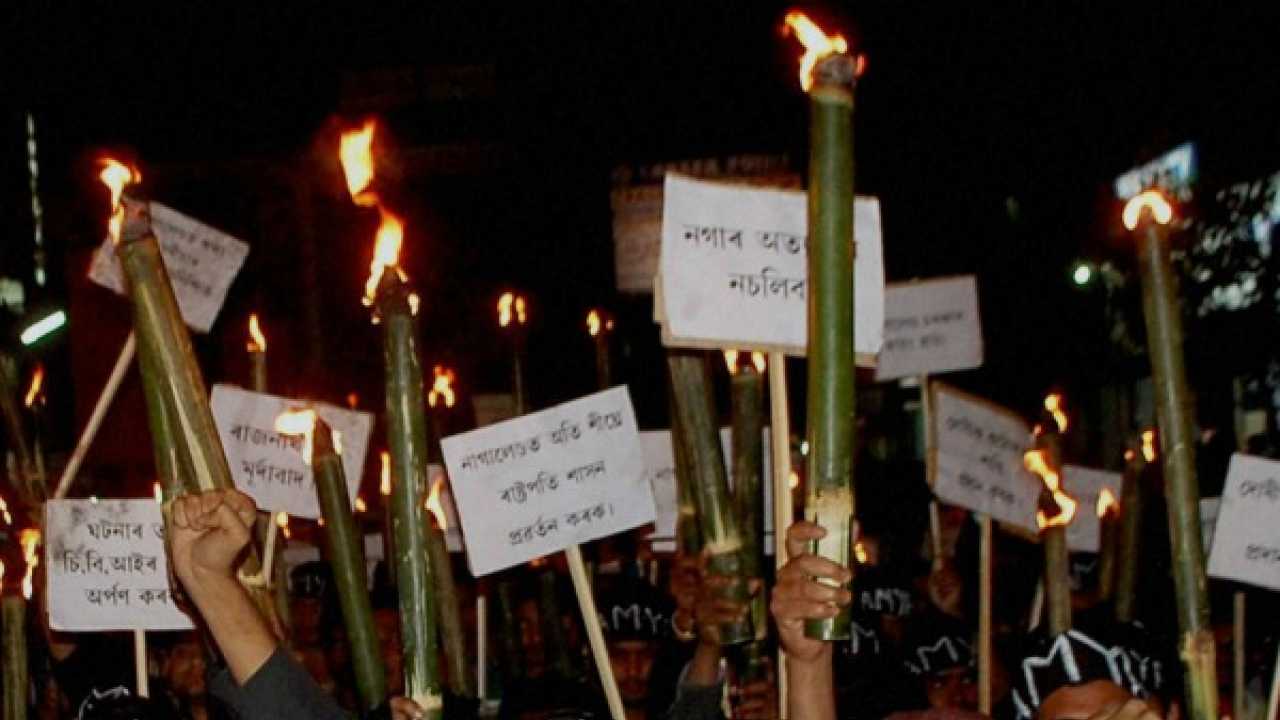
The vigilante justice meted out to a rape accused Syed Farid Khan in Nagaland's Dimapur town last week has brought to the fore the faultlines that exist in the region and which have either been ignored or deliberately brushed under the carpet by the rest of India and particularly state governments in the north east.
The tension between ‘outsiders’- both Indian nationals and suspected illegal migrants - and local tribals in smaller states has often erupted in violent clashes but never in recent memory ended in such a brutal manner.
Nagaland is one of the three states in the region, Mizoram and Arunachal Pradesh are the other two, which follows the decades-old Inner Line Permit (ILP) system. Under the ILP rules, non-tribals from outside respective states cannot become permanent residents or even purchase land. However, Dimapur, the only big town in Nagaland to be exempt from the provisions of the ILP, has been a favoured destination for many non-Nagas - mostly traders, businessmen and manual labourers - for the business opportunities that it offers. The town, the state’s only rail-head and airport, has gradually become a melting pot of multiple ethnic identities. The number of non-Nagas, among them Bengali-speaking Muslim migrants - both Indians as well as ‘illegal’ Bangladeshis - has increased manifold in Dimapur and surrounding areas over the past couple of decades. Many of the migrants have married Naga women and become land owners by proxy. In fact, in local parlance this group of people have come to be known as 'Semiyas' (a combination of Sema, a Naga tribe and Miyas, used to describe Muslims, mostly the Bangladeshi immigrants). No one has any official figure about the likely population of this group, but over the last few years, a few organisations have started to raise their voice against Illegal Bangladeshi Immigrants or IBIs.
As one of the state's numerous dailies, Eastern Mirror, noted in an editorial on Friday: 'Various intelligence agencies had already warned of serious consequences if immediate attention to the illegal immigrant issue in the state was not tackled. Similar violence may occur in many places in the state too because for quite some time, there have been charged campaigns against the IBIs in the state.'
'The seething anger is already there against the excesses committed by these IBIs. Any heinous crime such as rape would only give those who had vigorously campaigning to take on alleged IBIs hands down (sic),' the newspaper noted.
'The illegal Bangladeshi infiltration into the state has changed its demography and now it has become a serious threat to the future survival of the indigenous people and the internal security problem of the state as well.'
The largely young crowd that indulged in the mob fury was possibly giving vent to years of frustration brought about by the lack of job opportunities, concentration of wealth among a handful few and endemic corruption and the fear of being swamped by the outsiders.
The problem is complex and has no easy solution. State governments across the region will have to be firm in dealing with instances of lawlessness and mob justice. At the same time, they will have to look for ways to limit, if not eliminate illegal migration if recurrence of Dimapur like incidents have to be prevented.
The author lived in and reported from India's north-east between 1983 - 2006